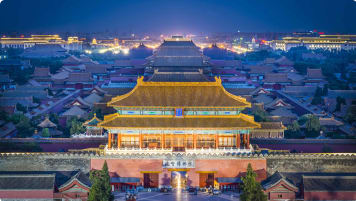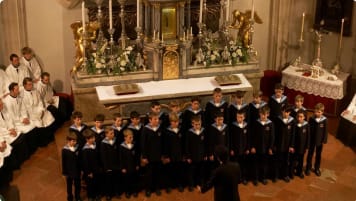Eight Amazing Rail Journeys: The Definitive Guide
Eight Amazing Rail Journeys This article details eight amazing rail journeys that you may wish to consider when planning your journeys. Humans have been travelling by sea since ancient times, but on land, humans were…
5 Feb 19 · 3 mins read
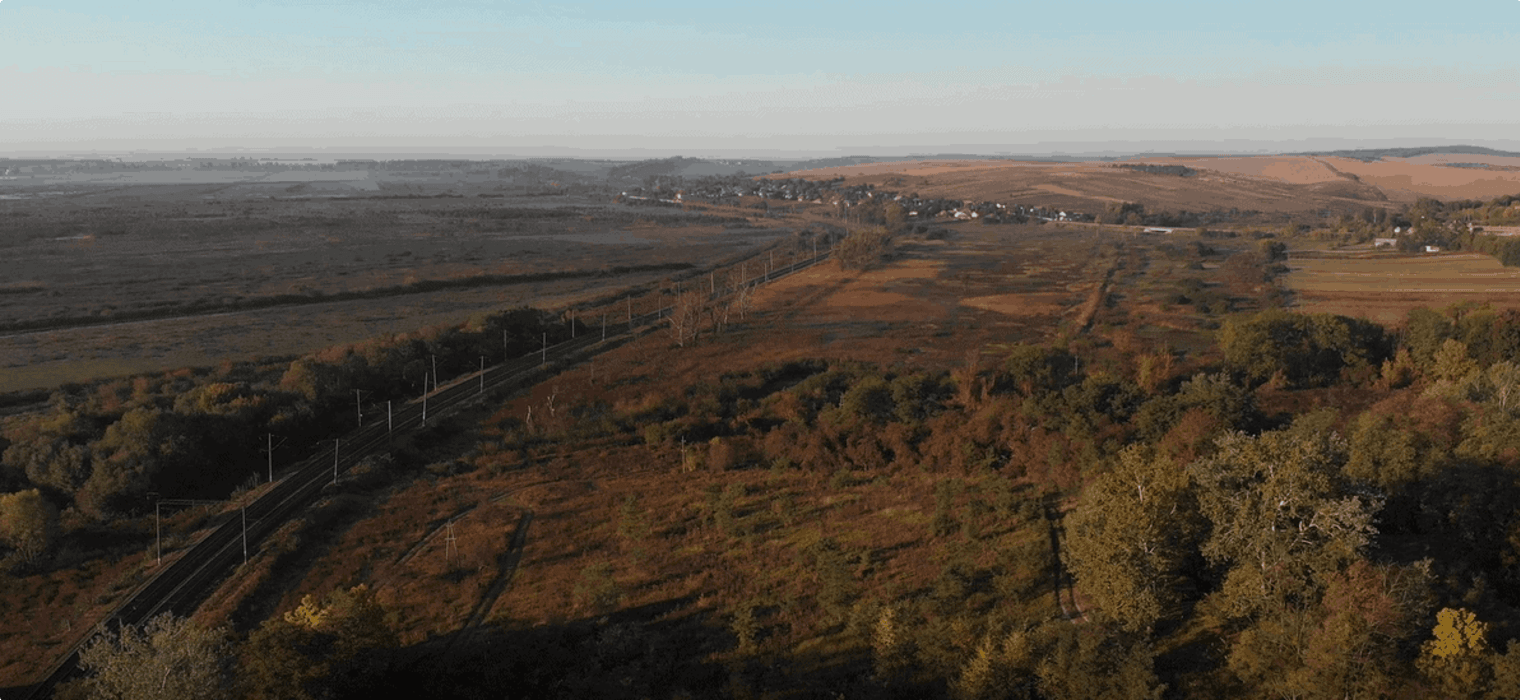
Eight Amazing Rail Journeys
This article details eight amazing rail journeys that you may wish to consider when planning your journeys.
Humans have been travelling by sea since ancient times, but on land, humans were limited to walking, riding horses, or riding horse- or ox-drawn carriages. When Cornishman Richard Trevithick (1771-1833) demonstrated his “Puffing Devil” steam-powered road locomotive in 1803, it was as if the vehicle was indeed driven by nefarious powers as four men were killed by an explosion of one of the stationary pumping engines. Trevithick’s rivals pointed at this disaster and said using high-pressure steam was risky. Who knows what might have happened to our history if Trevithick had stopped working on his invention? Fortunately, he didn’t, and in 1804 he made another locomotive run, this time on rails, and the “Penydarren locomotive” carried 10 tonnes of iron from Penydarren in Wales to another village at a speed of 8 kilometres per hour (or 5 mph). This humble beginning lay the foundation for the years of innovation that would bring us thousands of railway lines that would traverse forests, bore through mountains, and bring humans to the remotest parts of the world.
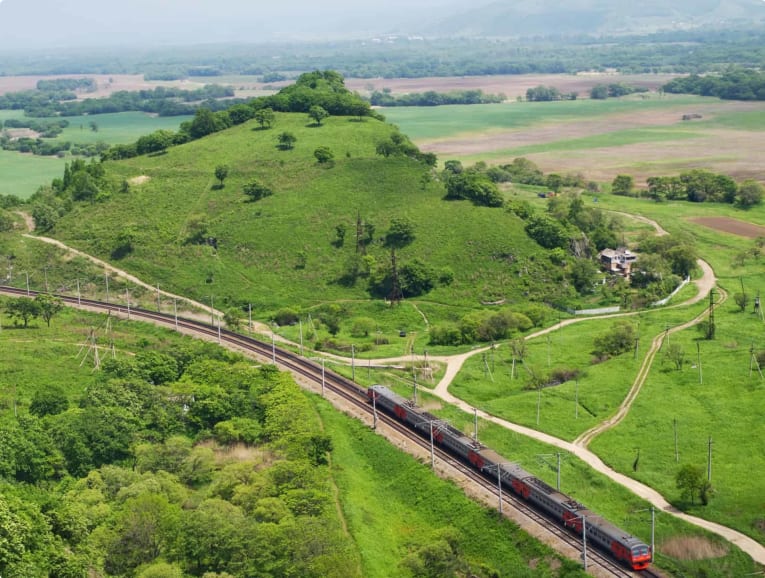
“Trains are a little bit like time machines,” Sarah Baxter writes in her introduction to her book, A History of the World in 500 Railway Journeys (Quarto Publishing, 2017). “There’s just something about them that seems able to whisk us back to a bygone age when travel was new, exciting and overspilling with possibilities and romance.” More than two centuries after Trevithick’s Penydarren locomotive, we can now travel faster by air, but many people still choose to take train journeys to better appreciate the changing landscape.
We’ve written about one of the world’s greatest train journeys before, the Trans-Siberian Railway, which you can re-visit through the links below:
- History of the Trans-Siberian Railway
- Trans-Siberian Railway: Travel advice
- Trans-Siberian Landscapes and Wildlife
In this article, using Baxter’s A History of the World in 500 Railway Journeys as a guide and reference, we will look at eight more amazing rail journeys. Other references are linked throughout this article, and don’t forget to check out Baxter’s book for more information.
Oslo-Bergen Railway (Norway)
This 50o-kilometre (300-mile) line links the Norwegian capital of Oslo with the port city of Bergen. It cuts through Hardangervidda, Northern Europe’s largest mountain plateau, created from a tectonic plate collision more than 400 million years ago and rising to a height of 1,237 metres (4,060 ft) above sea level. The railway travels through the largely treeless, sub-zero terrain with little sign of human life. The highest station is Finse at 1,222 metres (4,009 ft), whose remoteness inspired George Lucas to use it as a setting for the ice planet Hoth when he filmed Star Wars. This was also where the (ill-fated) South Pole expedition team trained, as it resembled Antarctica.

The incredible terrain is a testament to the perseverance of Norwegian engineers, who had to drill through metamorphic rock (called gneiss) in a monumental construction effort that began in 1876; service didn’t run until 1909. The train departs Oslo S (Oslo Central) and offers views of the Hallingdalselva River and Hallingdal Valley, as well as the often-frozen Lake Ustevatn.
At Myrdal, travellers can take a one-hour detour on the Flåm Railway, which travels down from the mountains at Myrdal station and down a steep valley (the altitude difference is 865.5 metres), with views over Sognefjord, Norway’s deepest and longest fjord at 160 kilometres (100 miles). (A “fjord”, created by glaciers, is a long, deep, narrow body of water that reaches far inland.)
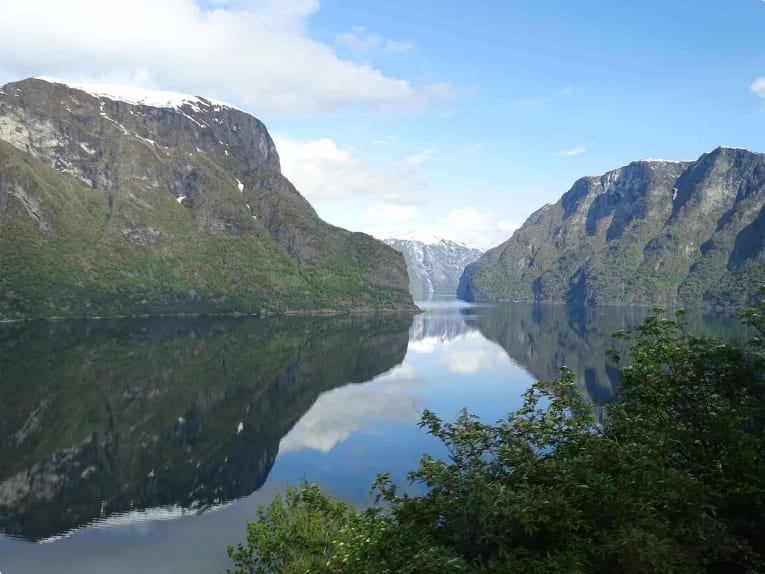
The line terminates about seven hours later at Bergen, whose waterside area of Bryggen was made a World Heritage Site in 1979. The railway offers sleeping compartments for those who want to travel at night.
Rome-Syracuse Railway (Italy)
This train ride connecting the Eternal City to the ancient Greek capital of Syracuse in Sicily gives travellers the unique opportunity to experience land and water transport at the same time. In order to cross the Strait of Messina to get to the lower part of Italy’s “boot”, the train carriages are driven straight onto a ferry. The ferry, with the train on board, travels across the water for 30 minutes (during which passengers can step onto the deck), and docks at Messina to continue the journey by rail. The boat-train service was launched in 1899.

This journey lasts about 12 hours and is a relaxing way to drink in Italy’s sights. It travels through the countryside and runs next to the sea on the shorelines of Basilicata and Calabria. Syracuse, birthplace of Archimedes, once equalled Athens in size in the 5th century BC, and has Greek ruins still standing. You can read more in our article on Southern Italy here.
Gdansk-Trieste Railway (Poland-Italy)
This line traverses four countries–Poland, Czech Republic, Austria, Italy–and follows the Amber Road, an ancient trade route running from the Baltics to the Mediterranean used around 5,000 years ago to transfer amber.

Amber is a translucent fossilised tree resin yellow or yellow-brown in colour that is used in jewellery and ornaments. In ancient times, it was also believed to have medicinal properties and was burned for its fragrance, and in medieval times became in demand as it can be fashioned into rosary beads.
This “Baltic Gold” is abundant in Gdansk, where pieces of it gets torn from the bottom of the sea and washes onto the beach. The Polish port city still has a thriving amber economy, and holds amber harvesting competitions on the seashore. Travellers can visit the Amber Museum, buy amber jewellery in numerous stalls, or visit an amber workshop to learn all about this fossilised resin from craftsmen.

The railway runs 1,930 kilometres and crosses the four countries in 24 hours–a speed that ancient amber traders can only dream of. It passes Kalisz, said to be Poland’s oldest city, and the Austrian capital of Vienna. It ends in another port city, the Italian city of Trieste on the Adriatic coast.
Iron Silk Road (Russia-China)
Another rail journey that traverses an ancient trade route is the Iron Silk Road or Trans-Asian Railway, on track for completion by 2021.
This will be covering a much larger network than the original Silk Road (also called the Silk Routes), an extensive system of trade routes that once connected the East and the West during the rule of China’s Han Dynasty. Originating at the city of Chang’an (located near modern-day Xian) in China, the Silk Road ran along the foothills of the Tianshan and Kunlun mountains bordering the Taklamakan Desert in modern-day China’s Xinjiang Uyghur Autonomous Region. The Silk Road fell into decline in the 15th century due to several factors, among them the drying up and eventual abandonment of the oasis towns that grew prosperous from the Silk Road trade. (You may read about the history and legacy of the Silk Road in our article here.) UNESCO has a full list of the Silk Road cities, which includes Guangzhou and Xian (China), Isfahan (Iran), Bukhara and Samarkand (Uzbekistan), Jeddah (Saudi Arabia), Baku (Azerbaijan), Almaty (Kazakhstan), and Venice (Italy).

The Iron Silk Road links Russia and China. This is not an entirely new connection: the Trans-Mongolian Railway has connected Beijing through Mongolia to Ulan-Ude in Russia since the 1950s. The Trans-Mongolian was made possible by diplomatic ties between the Soviet Union and the Mongolian People’s Republic, a sovereign socialist state that cut ties with the Chinese Manchu Empire and maintained close links with the USSR. The line between Ulan-Ude and Naushki was completed in 1940, and was extended to Ulaanbaatar in 1949. It was connected to Beijing in the early 1950s.
The Trans-Asian Railway will be travelling through a more central corridor, through Kazakhstan (read our article about Kazakhstan here); China’s hope is to drastically cut the London-Beijing land travel from 15 days to two. Though still incomplete, segments of the railway can be followed using the Silk Road routes. This is a four- to five-day journey. From Moscow, travellers can ride the train to Kazakhstan’s glittering city of Nur-Sultan (formerly Astana), journey across the Kazakh steppe, and enter through the Dzungarian Gate, a historically significant mountain pass separating China from the west. The train also passes through Jiayuguan, the site of the largest and most intact pass of the Great Wall of China.
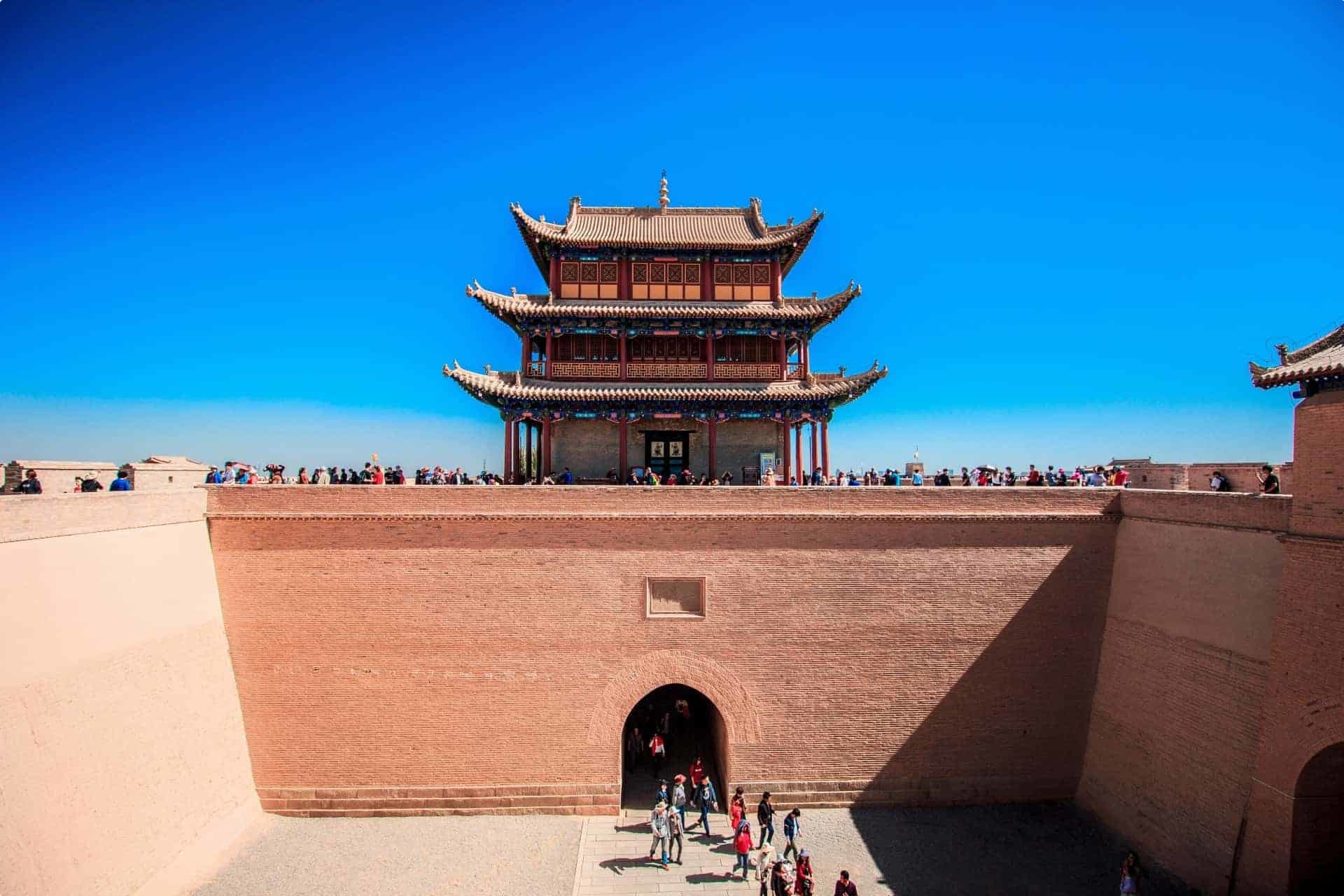
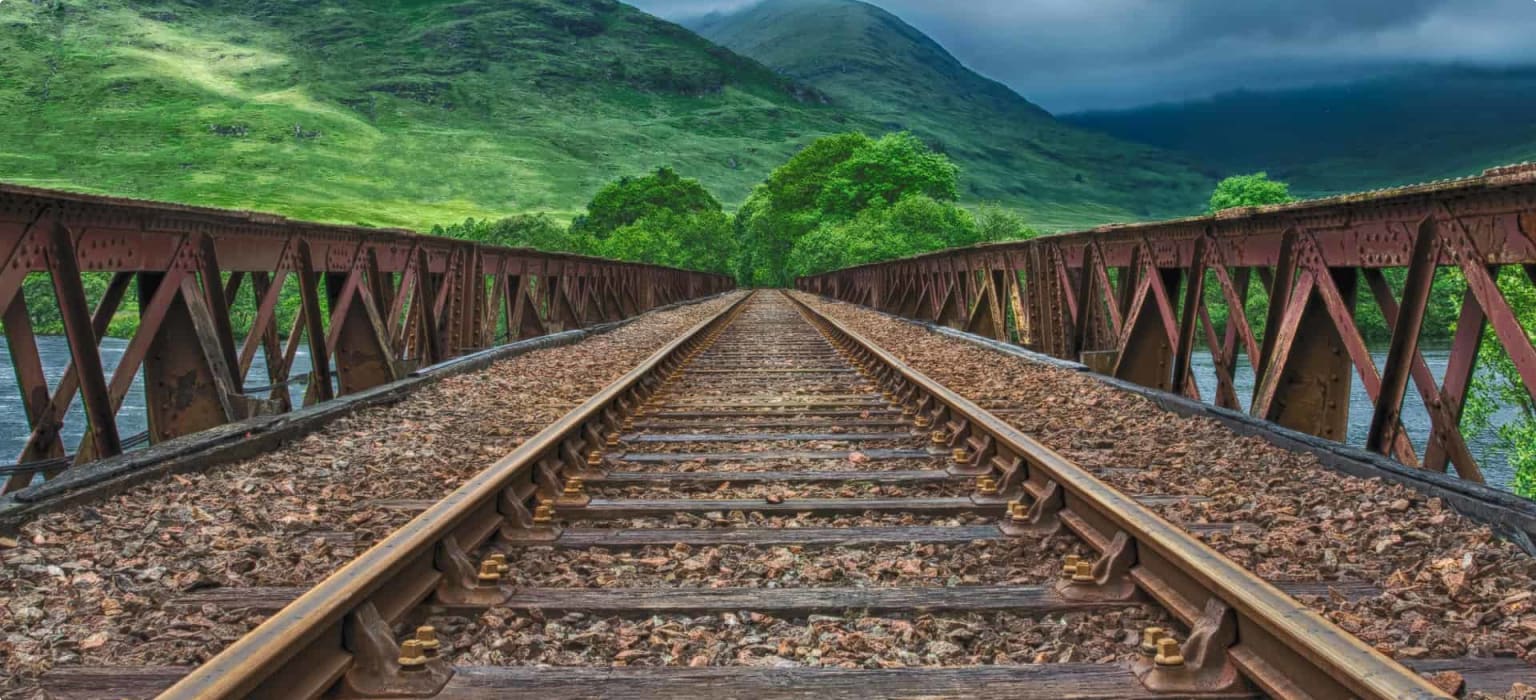
Heart of Persia (Iran)
Baxter mentions the Heart of Persia tour by the Golden Eagle, a two-week itinerary on board a private train with en-suite cabins, personal cabin attendant service, and on-board fine dining–reminiscent of the golden age of luxurious rail travel. The trip begins in Tehran and travels more than 4,000 km (2,500 miles) through Iran’s key cities.
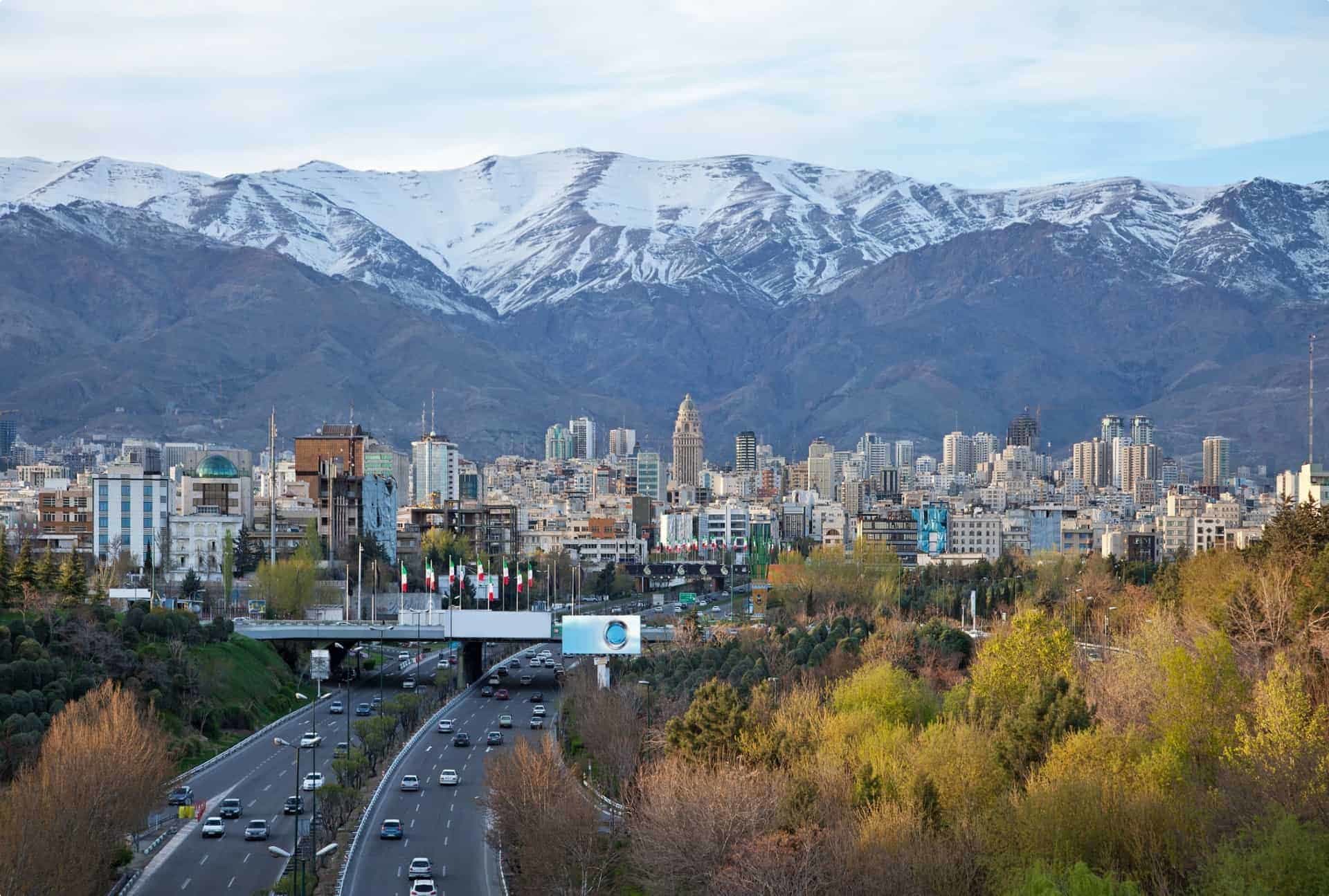
There is no shortage of sites in Iran, which as Persia was home to one of the world’s oldest civilisations and the birthplace of the Achaemenid Persian Empire which ruled the largest territory–from Egypt to India–that the ancient world had ever seen. Included in the itinerary are the ancient cities of Persepolis, Shiraz, and Isfahan, with views of the Zagros and Alborz Mountains and a crossing of the famous Veresk Bridge, an engineering feat constructed before World War II.
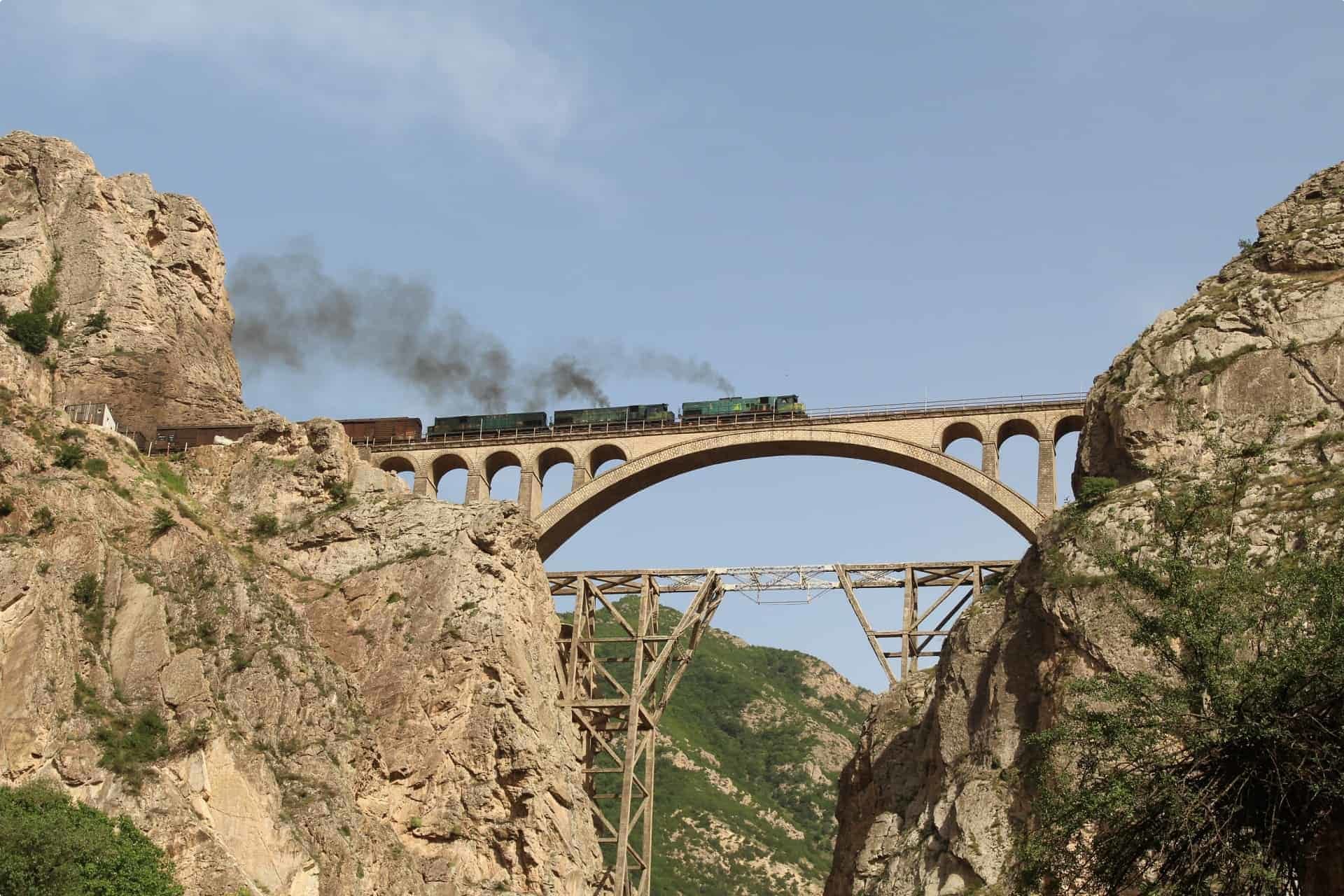
El Transcantabrico Clasico (Spain)
Another luxury rail tour is the El Transcantabrico Clasico, which covers 644 km (400 miles) between León and Ferrol, traversing northern Spain for eight days on the narrow-gauge tracks of the Feve (Ferrocarriles de Vía Estrecha) railway. (“Narrow-gauge”: this means the railway’s track gauge is narrower than the standard 1,435 mm or 4 ft 8 1⁄2 in). The El Transcantabrico Clasico route gives passengers a sense of the Way of St. James, the pilgrimage route to Santiago de Compostela–but with the trappings of first-class travel.
St. James (Santiago in Spanish) was one of the Twelve Apostles and is the national patron of Spain. He was said to have returned to Judea after preaching the Gospel in the Iberian Peninsula, and was consequently put to death by Herod for blasphemy. The apostle’s body, as tradition tells, was miraculously moved to Iria Flavia and later to Compostela in northern Spain. Pilgrimages to his sepulchre began following the discovery of his tomb in the ninth century.
Travellers may choose to begin their journey to Santiago de Compostela at the traditional starting point of St-Jean-Pied-de-Port, a bustling French market town at the foot of the Pyrenees. (Hence the route is called “Camino Frances”, or the French Way.) Another pilgrimage route in Spain leading to Santiago de Compostela is the Via de la Plata, which goes north from the Andalusian capital of Seville to Leon, where it merges with the Camino Frances to continue to Santiago. (Read more about pilgrimage routes here.)
According to Elizabeth Grice, writing for the Telegraph, the route was inspired by a coal train transporting coal from Leon to Bilbao. A writer, Juan Pedro Aparicio, travelled on the train in 1980 and wrote an account of his journey, The Transcantabrican.
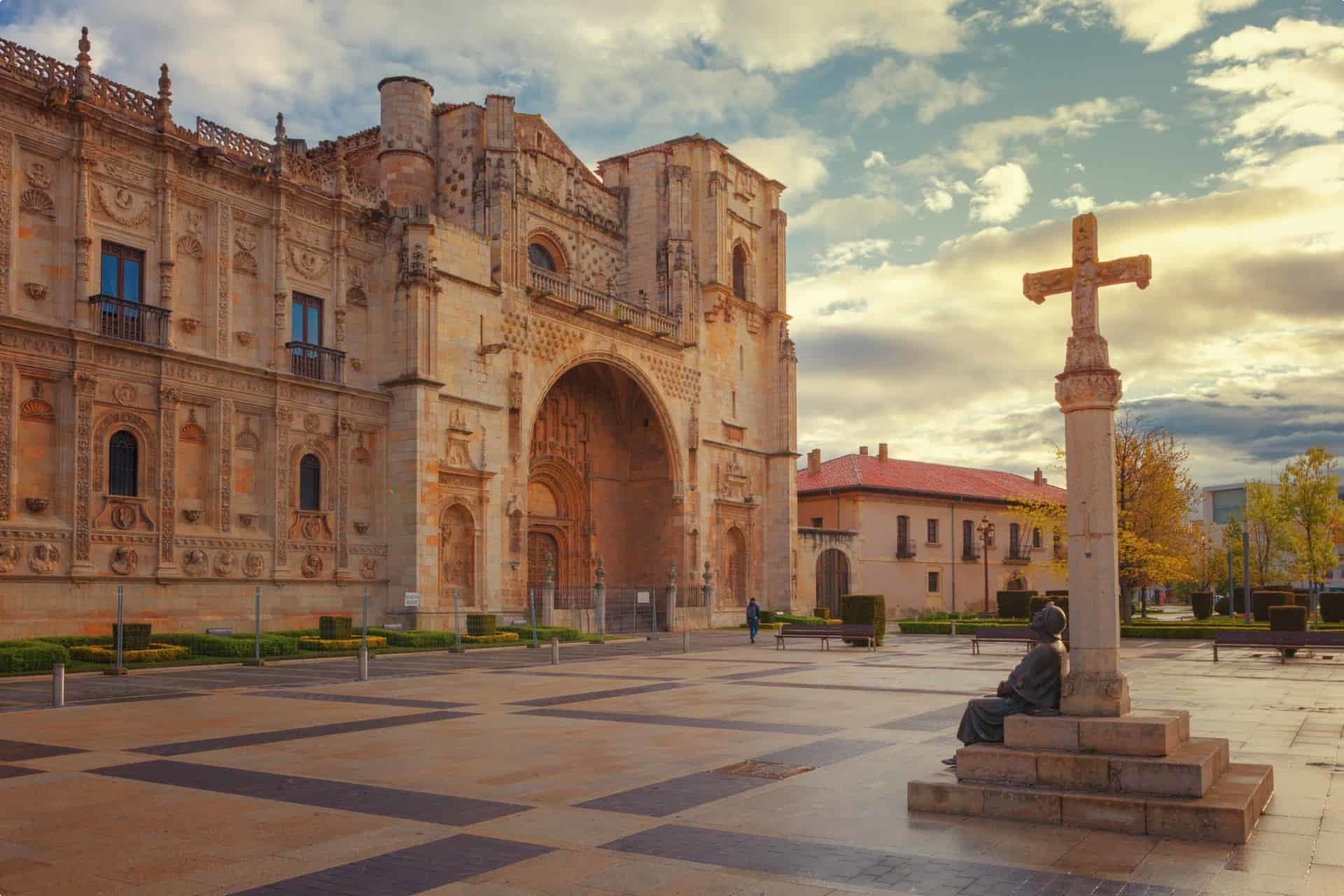
The journey to the shrine of St. James the Apostle weaves through medieval towns and churches, awe-inspiring Romanesque and Gothic art and architecture, and picturesque landscapes. Leon was founded by the Romans, became the seat of an independent kingdom, and witnessed the first ever Parliament in Europe. Its rich history is mirrored in its wealth of historic buildings such as the French-Gothic Leon Cathedral, the Parador de Leon, a historic hotel which once served as a hospital for pilgrims travelling the Way, and the fortress-like Casa Botines, designed by Gaudi.
The train travels Leon to Bilbao then turns west, the line terminating at Ferrol, Galicia. The Ferrol to Santiago de Compostela leg is completed by coach.
Tren Crucero (Ecuador)
Ecuador’s railway dates back to the late 19th century but became heavily damaged through years of neglect and disasters such as floods and landslides. Beginning in 2008, the railway underwent four years of an ambitious restoration that cost the Ecuadorian government $280 million (£185 million). Reopened in June 2013, the country’s great train line is now back on track.
The railway originally ran from the Ecuadorian capital of Quito in the Andes to Guayaquil on the Pacific coast. In 2015, the line was expanded north of Quito to connect it with Otavalo and Ibarra. Tren Crucero offers a luxury experience, offering a bar and gift-shop car in addition to the passenger cars pulled by a combination of electric-diesel and antique steam engines. The Quito to Guayaquil trip lasts four days, and travels through the “Avenue of the Volcanoes”, a trail of over 20 volcanoes and mountains including the Cotopaxi, one of the world’s highest active volcanoes, and the Chimborazo, the highest mountain in Ecuador, and the steep Nariz del Diablo (Devil’s Nose) in the rocky slopes of the Andes.

Balkan Odyssey (Hungary to Italy)
The 11-day Balkan Odyssey aboard the Golden Eagle takes passengers through the Balkan Peninsula, from Budapest (read more about Hungary here) to Venice, passing six countries–Hungary, Romania, Bulgaria, Serbia, Bosnia and Herzegovina, Slovenia, and Italy–some of which have been closed to tourism for many years due to conflict.
Part or all of Balkans were once controlled, in turn, by the Romans, Byzantines, the Austrian Habsburgs, the Soviet Union, and the Ottomans, leaving behind traces of their influence in the countries’ architecture and landscape. Key stops on the tour are Brasov and Sighisoara in the historic Transylvanian region of Romania (Sighisoara, which has a torture room, is said to be where Vlad the Impaler was born), Veliko Tarnovo and Plovdiv in Bulgaria, and romantic Venice. (You can read more about Venice here.)
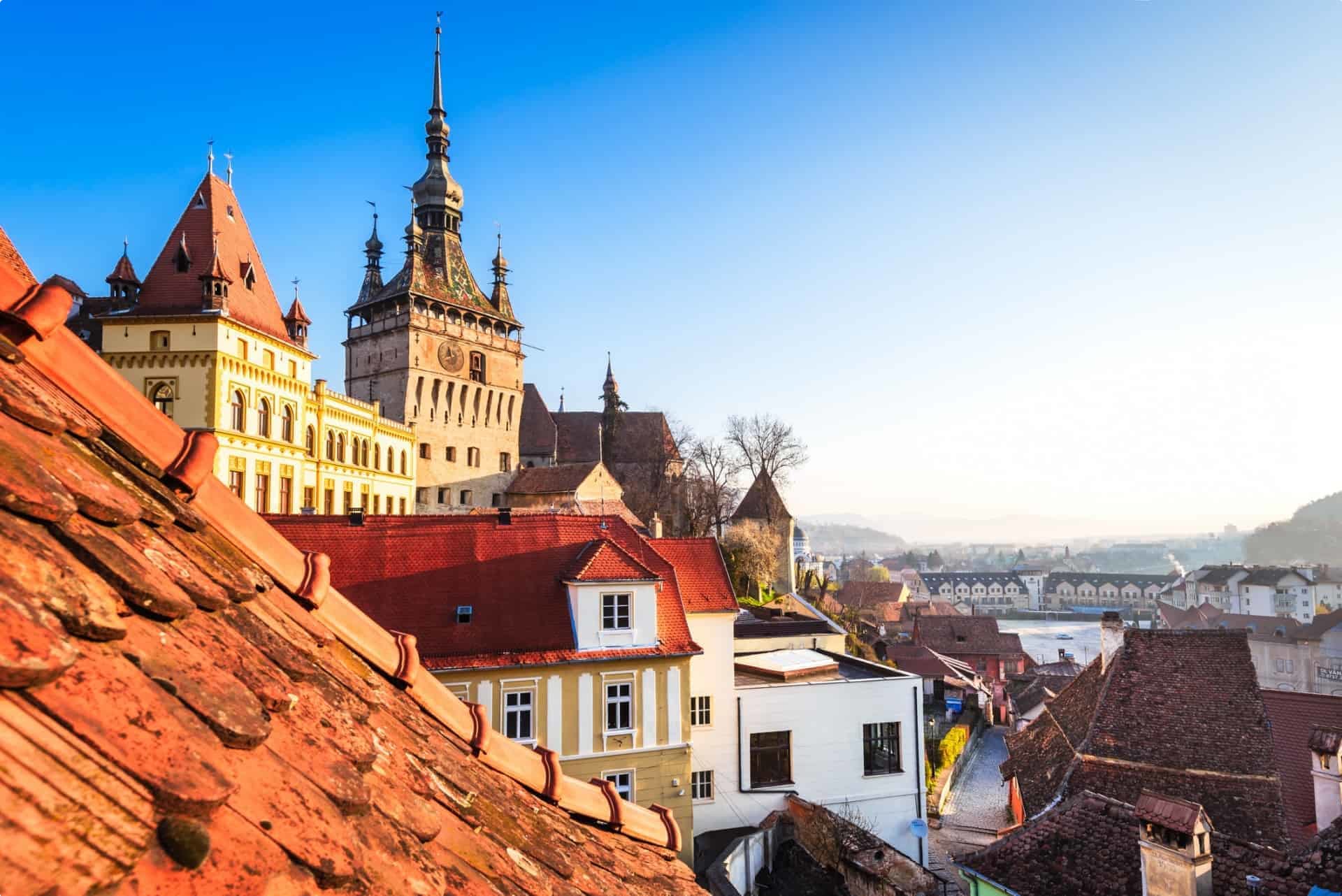
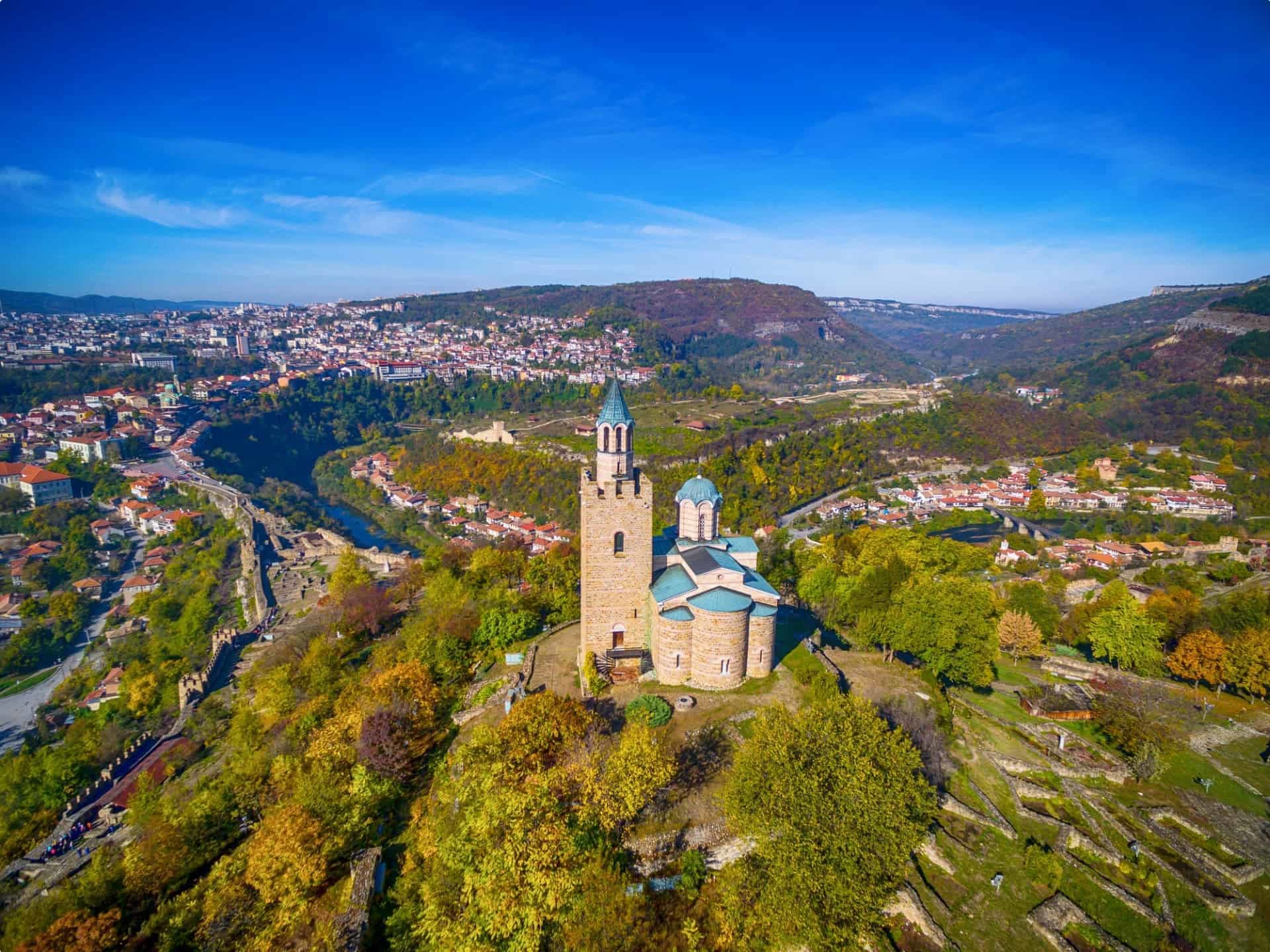
Travellers can also travel the Belgrade to Bar railway, which journeys for ten hours between the Serbian capital and Montenegro’s Adriatic coast through 254 tunnels and 435 bridges.
Travelling by Railway
If this article sparked your interest in travelling by railway, Odyssey Traveller has several tours that you may want to join. All of these tours are especially designed for the active senior traveller. Just click through to see the itinerary and sign up.
Odyssey Traveller’s Helsinki to Irkutsk tour on the Trans-Siberian Railway runs for 21 days and spends multiple nights in Helsinki, St Petersburg, Moscow, Yekaterinburg, Krasnoyarsk, and Irkutsk, with stops at Russia’s oldest national nature reserve, Stolby Nature Sanctuary, and Lake Baikal.
The Vladivostok to Krasnoyarsk tour moves westward from Vladivostok, where in 1891 tsar-to-be Nicholas first laid the stone that would be the foundation of the railway, to the old town of Krasnoyarsk in the heart of Siberia.
The 30-day Trans-Mongolia and Russia tour takes you on the Trans-Siberian and the Trans-Mongolian Railway lines. The tour begins in Ulaanbaatar, the capital of Mongolia, and concludes with a cruise on the waterways between Moscow and St Petersburg.
For a different pace and cultural experience, you may want to explore:
- Japan History by Rail tour which journeys through Japan on the shinkansen (high-speed train)
- French History by Rail tour which goes through Paris and the other cities of France; we have a 21-day tour and a shorter 11-day tour
About Odyssey Traveller

Odyssey Traveller is committed to charitable activities that support the environment and cultural development of Australian and New Zealand communities. We specialise in educational small group tours for seniors, typically groups between six to 15 people. Odyssey has been offering this style of adventure and educational programs since 1983.
We are also pleased to announce that since 2012, Odyssey has been awarding $10,000 Equity & Merit Cash Scholarships each year. We award scholarships on the basis of academic performance and demonstrated financial need. We award at least one scholarship per year. We’re supported through our educational travel programs, and your participation helps Odyssey achieve its goals.
For more information on Odyssey Traveller and our educational small group tours, visit and explore our website. Alternatively, please call or send an email. We’d love to hear from you!
Related Tours
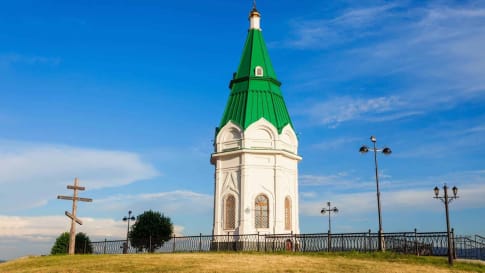
days
Oct, MayHelsinki to Irkutsk on the Trans-Siberian Railway
Visiting Finland, Russia
Escorted tour on the Trans-Siberian railway network from West to East starting in Helsinki and finishing in Irkutsk after 21 days. This is small group travel with like minded people and itineraries that maximise the travel experience of the 6 key destinations explored en-route. Our small group journeys are for mature couples and solo travellers.

days
Apr, AugIrkutsk to Helsinki on the Trans-Siberian Railway
Visiting Finland, Russia
Escorted tour on the Trans-Siberian railway network from East to West starting in Irkutsk and finishing in Helsinki after 21 days. This is small group travel with like minded people and itineraries that maximise the travel experience of the 6 key destinations explored en-route. Our small group journeys are for mature couples and solo travellers.
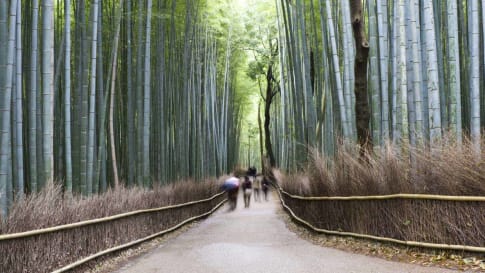
10 days
AprJapan History by Rail - Small Group Tour
Visiting Japan
Explore historic and present day Japan. Journey by rail to regions and great cities to learn about their historical significance.
From A$13,995 AUD
View Tour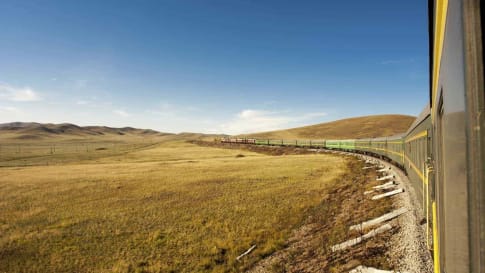
days
JulJourney through Mongolia and Russia small group tour
Visiting Mongolia, Russia
This escorted small group tour traverses this expanse, from Ulaanbaatar to St Petersburg; from the Mongolian Steppes to Siberian taiga and tundra; over the Ural Mountains that divide Asia and Europe to the waterways of Golden Ring. Our program for couples and solo travellers uses two of the great rail journeys of the world; the Trans Mongolian Express and the Trans Siberian Express.
From A$17,850 AUD
View Tour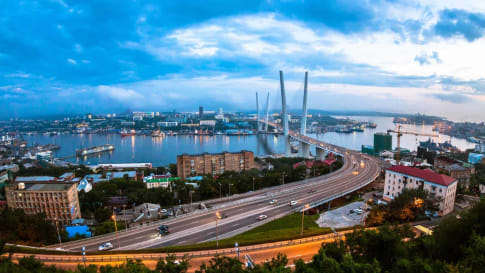
22 days
Apr, AugVladivostok to Krasnoyarsk on the Trans-Siberian Railway
Visiting Russia
Mature and solo travelers group Travel on the Trans-Siberian Railway for 22 days covering the second half of the Trans-Siberian journey, from Vladivostok to Krasnoyarsk in the heart of Siberian Russia Small group journeys with a tour leader, explores 5 key cities with local guides providing authentic experiences in each with stops of 2-3 nights.
From A$12,560 AUD
View Tour
